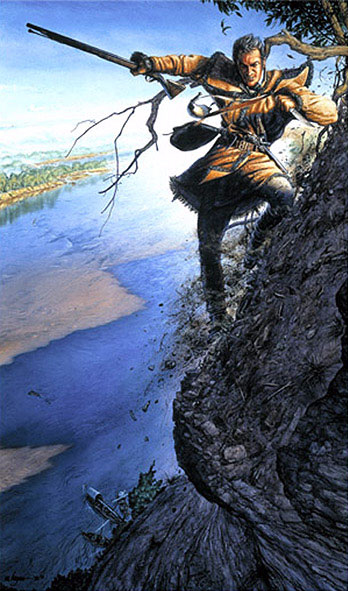Another Entry in the Chapter of Accidents
© 2000 by Michael Haynes. All rights reserved.
On two occasions during the expedition Lewis either explained or resolved problems by consigning their outcomes to the “chapter of accedents.” The expression came from a sentence in a popular book by the British memoirist Philip Dormer Stanhope, Earl of Chesterfield (1694-1773). Lord Chesterfield wrote to a friend in 1753 in reference to his own growing deafness: “The chapter of knowledge is a very short, but the chapter of accidents is a very long one. I will keep dipping in it, for sometimes a concurrence of unknown and unforeseen circumstances, in the medicine and the disease, may produce an unexpected and lucky hit.” Lewis, however, used the aphorism more often in connection with a near calamity than with a “lucky hit.”[1]John Bradshaw, ed., The Letters of Philip Dormer Stanhope, Earl of Chesterfield, 3 vols., (London: George Allen & Unwin Ltd., 1892), 3:1054.
By the time he first used the phrase on 15 July 1806 when McNeal broke his musket clubbing a grizzly, Lewis had seen many accidents. At this late stage in the expedition, he seemed resigned to the all too common close calls and frustrating setbacks. When Lewis didn’t find Clark at the mouth of the Yellowstone on 8 August 1806, he used the phrase one more time. He did not, however, apply it three days later when Cruzatte accidentally shot him in the buttocks, perhaps his most perilous near miss.
Selected Accidents
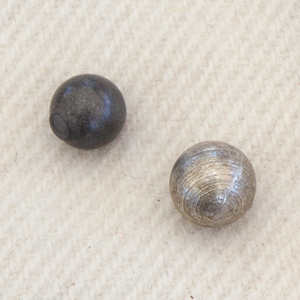

The most serious hunting mishap, and surely the most memorable episode in Lewis’s frequently referenced “chapter of accedents,” was the moment on 11 August 1806 when Pierre Cruzatte shot him in the buttocks.
May 23, 1804
Lewis escapes death
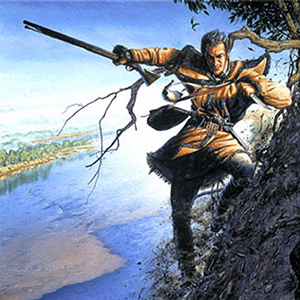

Lewis climbs the pinnacles of Tavern Rock, slips, and manages to escape with the help of his knife. In Tavern Cave, Clark adds his name among the graffiti left by earlier travelers.
May 14, 1805
Two close calls
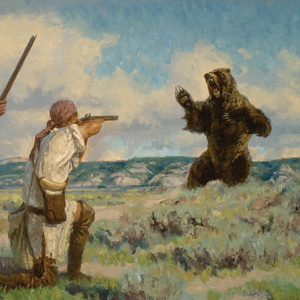

In present Eastern Montana, hunters take flight from a wounded grizzly and the white pirogue, steered by Toussaint Charbonneau, tips over. The captains call it a day and issue a ration of consoling grog.
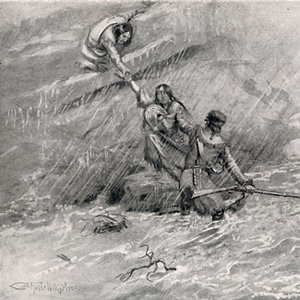

Of all the near-calamities the Corps of Discovery experienced, none was more dire than the one that occurred on 29 June 1805 in a normally dry ravine a short distance above the Great Fall. The principals were Charbonneau, Sacagawea, Jean Baptiste, York, and William Clark.
June 21, 1804
Camden Bend difficulties
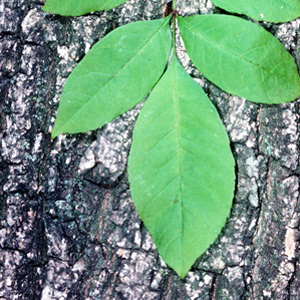

In passing an island around present-day Camden Bend, Missouri, Clark feels fortunate that only one barge window was broken and some oars lost. He also describes the trees growing in the bottomlands.
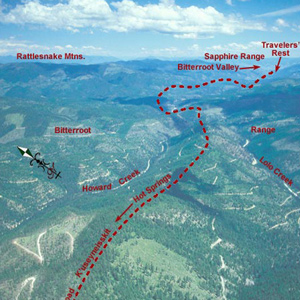

At 3 o’clock in the afternoon, 11 September 1805, Toby led the Corps of Discovery out of Travelers’ Rest camp toward the Bitterroot Mountain barrier.
August 8, 1806
Sergeant Pryor arrives
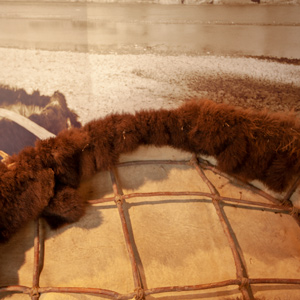

Williston and Tobacco Garden Creek, ND In the morning, Pryor arrives at Clark’s camp having paddled two bull boats down the Yellowstone River. Lewis sets up a camp near present-day Williston to make clothes, repair boats, hunt, and make jerky.
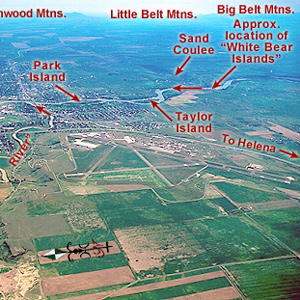

One can almost feel the thrill of wakening to a clear early-summer dawn at this powerful place on the pregnant plains where the Medicine meets the Missouri. Here began a five-day hiatus in Lewis’s master plan for his junket to find the boundary of British-held Canada.
August 11, 1806
Cruzatte shoots Lewis


White Earth River and Four Bears Village, ND While hunting elk, Pierre Cruzatte accidentally shoots Lewis through the buttock. Clark meets fur traders who share news of the barge, Indian wars, and shifting trade alliances.
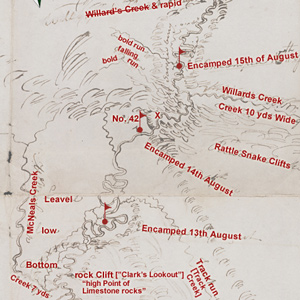

Lewis’s simple, orderly concept of the Rocky Mountains began to crumble. The truth was, this was not the easy portage to the Pacific Ocean they had expected from the beginning. Countless “chains” of mountains still intervened.
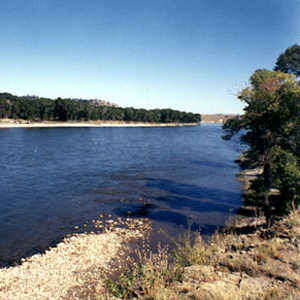

“This smoke must be raisd. by the Crow Indians in that direction as a Signal for us, or other bands. I think it most probable that they have discovered our trail.”
Down the Sun River
Through the "Battle Hills"
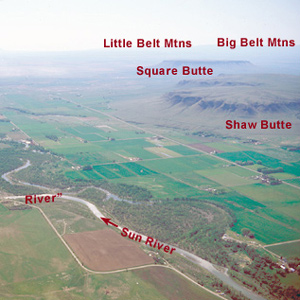

Meriwether Lewis has tempted fate and his “chapter of accidents” again by re-entering the domain of the people he had repeatedly been advised to steer clear of—the Blackfeet, Siksikas, Atsinas, and Assiniboines.
August 6, 1805
Down the Big Hole
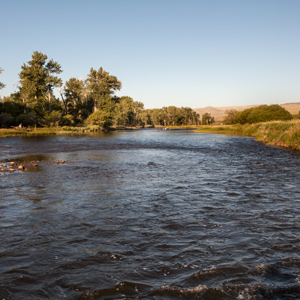

Forks of the Jefferson, MT Lewis sends Drouillard to tell Clark that he is on the wrong river. In going down the Big Hole, Joseph Whitehouse is nearly crushed by a canoe. Everyone, except Shannon, camp opposite the mouth of the Big Hole to dry items and recover.
June 9, 1804
Hitting a snag


After passing Arrow Rock, the barge hits a snag and turns sideways to the current exposing it to logs drifting in the strong Missouri current. The men struggle to get her off before she is injured.
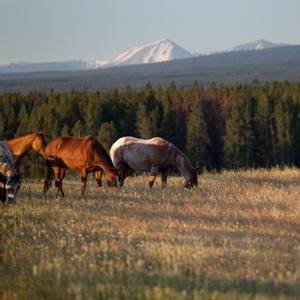

Pryor and six privates had successfully driven forty-one horses all the way to the Yellowstone Valley, apparently without any trouble. Then, smoke on the horizon. Twenty-four horses stolen on the twentieth. Seventeen taken on the twenty-fifth.


“the Indians give a very formidable account of the strength and ferocity of this anamal, which they never dare to attack but in parties of six, eight or ten persons; and are even then frequently defeated with the loss of one or more of their party.”
Notes
| ↑1 | John Bradshaw, ed., The Letters of Philip Dormer Stanhope, Earl of Chesterfield, 3 vols., (London: George Allen & Unwin Ltd., 1892), 3:1054. |
|---|
